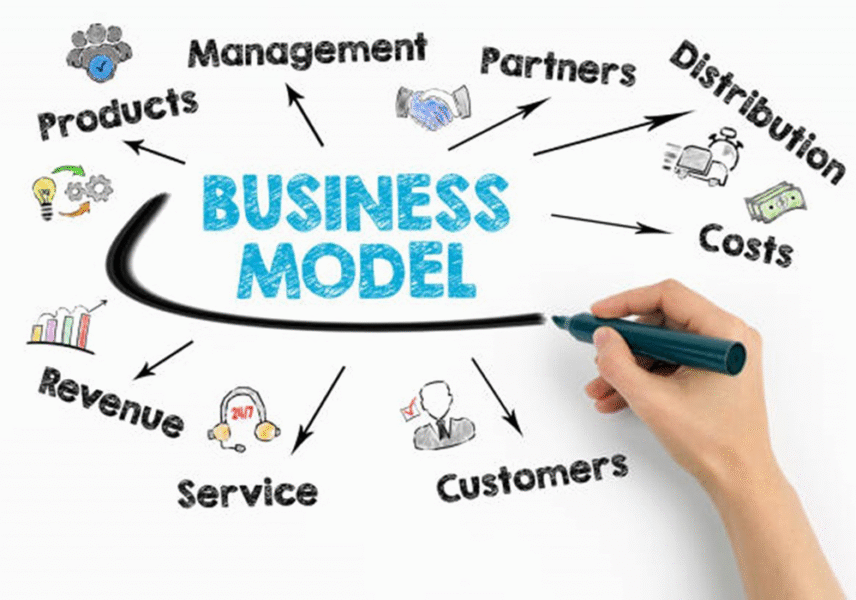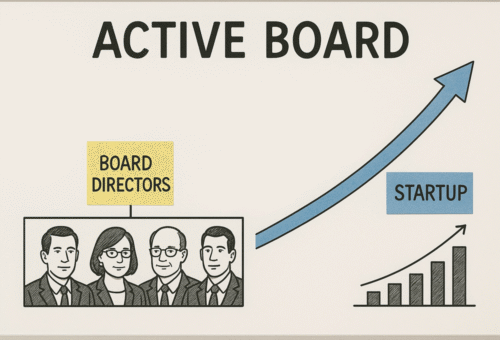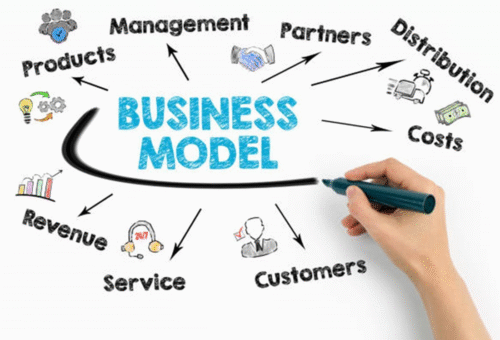
THRIVE: CFO Insights for the African Woman Entrepreneur – Volume 1
Just as a solid foundation is critical to the safety and longevity of every building, a well-defined Business Model is fundamental to the success of every business, whether big or small.
According to CSIS, SMEs provide an estimated 80 percent of jobs across Africa, representing an essential driver of economic growth. Sub-Saharan Africa alone has 44 million micro, small, and medium enterprises, almost all of which are micro.
Just as a solid foundation is critical to the safety and longevity of every building, a well-defined Business Model is fundamental to the success of every business, whether big or small.
According to CSIS, SMEs provide an estimated 80 percent of jobs across Africa, representing an essential driver of economic growth. Sub-Saharan Africa alone has 44 million micro, small, and medium enterprises, almost all of which are micro.
What is a Business Model and Why it is Crucial for SME Success
Simply put, a Business Model is a strategic blueprint that outlines how a company creates, delivers, and captures value. It connects all the different components of a business and acts as a map that defines how the business plans to operate profitably in a particular market. Peter Drucker describes a business model as follows: Who is your customer, what does the customer value, and how do you deliver value at an appropriate cost?
Several variations of Business Models across industries usually evolve in response to market dynamics and technological advancements.


A well-defined Business Model answers the following questions about the business.
Without a framework (Business Model) that answers all the above questions, SMEs lose sight of the bigger picture and struggle to achieve sustainable growth. A well-crafted Business Model ensures that all the different business components, from product development to customer acquisition and growth, are aligned and working together towards common goals.
Before we delve deep into why Business Models are critical for SMEs’ success, let’s understand the difference between a Business Model and a Business Plan since these words are usually used interchangeably.
In today’s competitive landscape, A well-crafted Business Model is critical to the survival and growth of SMEs for the following reasons.
1. Clarity & Focus
SMEs usually have minimal resources and need a clear roadmap on how, where, and when to allocate them. This helps prioritize their activities, ensuring resources and focus are assigned to high-priority activities.
2. Strategic Planning
The Business Model guides SMEs in making informed decisions about their strategic goals, marketing strategies, distribution channels, etc. It also provides a framework for SMEs to adapt to changing market trends, customer needs, and competition.
3. Strategic Partnerships
Highlights key resources needed and guides SMEs in identifying and pursuing potential partners with resources and expertise beyond their capacities.
4. Business Viability
By outlining how the business will generate revenue and the associated costs, SMEs can assess whether and when the bottom line will be positive.
5. Increase Sales
By clearly understanding the target market, pricing structure, and value proposition, SMEs can develop targeted marketing and sales campaigns and enhance customer relationships.
6. Operational Efficiency
Understanding all the different components needed for the business to function allows SMEs to define processes that will optimize efficiency across the board.
7. Skills Acquisition
With minimal resources, SMEs cannot acquire the wrong talents.Business models help guide what skill sets are needed to grow and sustain the business.
Skills Acquisition: With minimal resources, SMEs cannot acquire the wrong talents.Business models help guide what skill sets are needed to grow and sustain the business.
How to develop a good Business Model.
There is no one-size-fits-all Business Model for all businesses. Different businesses have different Business Models based on their products or services, target market, industry, and stage of the business lifecycle. However, a well-crafted Business Model should answer the nine questions listed in the What is a Business Model section above, and to do so, the following steps should be followed.
Understand the meaning of a Business Model's core components
To begin the process, clearly understand a Business Model's components (value proposition, target market, distribution channels, key partners, revenue streams, key resources, pricing strategies, and cost structure). You can implement ' It ' only after you understand what 'it' is.
Identify your target market and know them
Understand who your prospective customers are, their problems, what solution they need, and how much they are willing to pay for it. Use the Design Thinking approach. Most entrepreneurs develop products/services based on what they think a market needs and only discover they are wrong after the product/service launch. You can use surveys, interviews, and customer journey maps to gain insights into your prospective customers' needs, preferences, and behaviors. Do not forget to explore and assess your competition in the target market.
Define your Value Proposition
With the understanding of your prospective customer's pain points and preferences, tailor your offering to meet their needs, clearly articulating how unique it is and better than those of the competitors you identified in the market.
Choose your Revenue Model
The revenue model you choose will be critical to the financial framework of your business. In choosing your revenue model, consider the following factors.
After considering the above factors, you can choose from various revenue models, such as direct Sales, subscription-based, transactional, advertising, licensing, freemium models, pay-as-you-go, franchise, affiliate marketing, and marketplace.
Outline Key Activities
Identify the core activities critical to your business's success, such as product development, marketing, technology, sales, and customer services.
Identify Key Resources
Determine the resources you will need to carry out the key activities. What skillsets must you acquire to be able to succeed?
Determine the most cost-effective way your products/services will reach your target market
Explore both online and offline channels, considering customer preferences and market dynamics.
Build Strategic Partnerships
Identify strategic partners who can help your business attain goals, such as accessing new markets and providing technologies, resources, or expertise that may not be available internally. These partnerships can take different forms, such as joint ventures, alliances, licensing agreements, franchises, or supplier relationships.
Analyze Cost Structure
Estimate the costs associated with the above activities and determine business profitability.
Launch, Test, and Iterate
If possible, test the product on the market using a pilot to gather feedback and iterate accordingly.
Developing a well-defined Business Model increases your chances of success and provides the foundation needed to build a sustainable and scalable business. Whether you’re starting a new business or refining your approach, having a well–defined Business Model is the key to building a sustainable business.
Remember that you do not work in isolation as a business, and the success or failure of your Business Model depends mainly on how it interacts with the models of other players in your business ecosystem.



